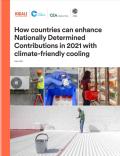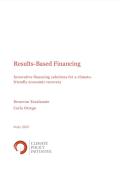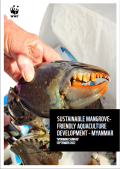
In December 2015, one of us was in Paris for the first working day after the historic climate change agreements. The Secretary General of the Organisation for Economic Co-operation and Development (OECD), Angel Gurria, had called a group together to “begin the task of changing economies so that they deliver on our climate agreements.” We asked ourselves, “How can we shift economies off their heavy use of the fossil fuels that cause damaging climate change, and encourage economic activities that help us to be resilient to at least a 2-degree temperature rise?”
The last few years have given us some experience to build on. The financial crisis of 2008 saw many governments wondering how to boost faltering economic growth, and to create more jobs. Some countries such as Germany, Denmark, and Korea responded with “green stimulus” packages.
They had noted that there was good business to be done in clean technology production and in installing efficient transport and energy infrastructure. They chose to focus their fiscal stimulation on the new “green goods and services” sector of the economy.
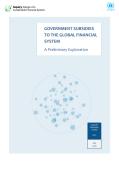
What kind of clean-energy support measures can be maintained under international trade rules and what cannot? Policy certainty reflected within a clear and coherent trade and energy governance regime is critical for boosting investor confidence and fostering clean energy investments. Ambiguity on clean energy support measures within WTO rules could cast a chilling effect on domestic efforts to scale up sustainable energy. One way of dispelling such ambiguity is through a possible sustainable energy trade agreement (SETA). This paper emphasises the importance of understanding what are the types of clean energy subsidies countries usually provide, why countries provide them, and how they fit into existing legal mechanisms. A SETA, by simultaneously addressing these questions and clarifying existing WTO subsidy rules, would add to the certainty and predictability of a country’s trade and investment climate.

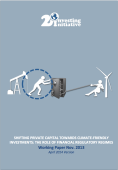
This paper highlights the implications of the current separation of the discourses on private climate finance (PCF) and on subsidies, and the opportunities that exist to unlock climate-compatible investment by linking these fields.
Though climate finance aims to enable climate compatible development (CCD), this paper points out that, within developing countries, subsidies to fossil fuels (alone) currently dwarf any efforts toward CCD through climate finance.
A new paper by the Overseas Development Institute (ODI) highlights the implications of the current separation of discourses on private climate finance and subsidies. The paper finds that, within developing countries, subsidies to fossil fuels alone outweigh climate finance. The paper outlines opportunities that exist to unlock climate-compatible investment by...
